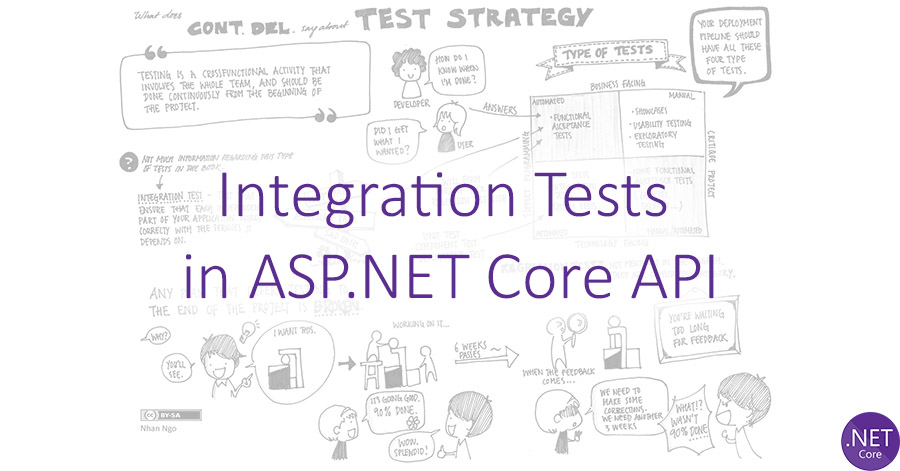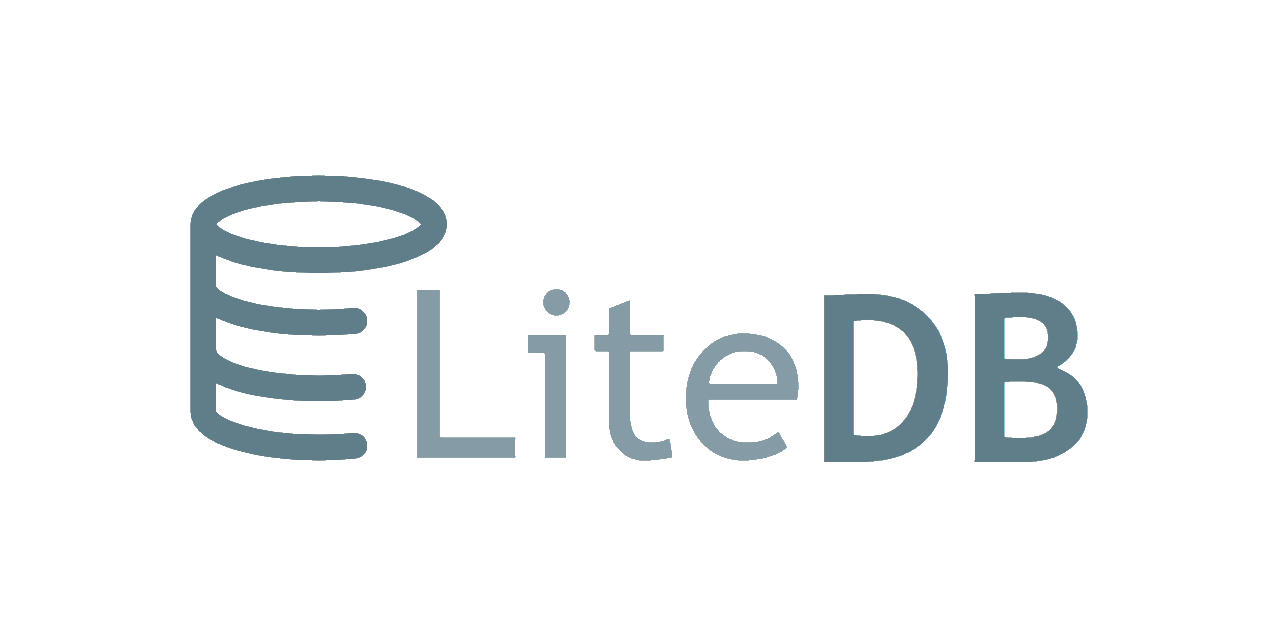C# 9.0
It may be that .NET 5, the one and only .NET that will clear the confusion and lead the way for the next years was probably the biggest(?) announcement of Microsoft Build 2020, but there were numerous other equally important; from the general availability of the Blazor WebAssembly, the Azure Static Web Apps and all the projects related to IoT and Artificial Intelligence, all the way to .NET MAUI (short for Multi-platform App UI), Visual Studio Codespaces, Entity Framework Core 5, Project Tye, Azure Quantum and the multiple new features and capabilities of Azure Cosmos DB.
Although there were many more interesting things, C# 9 was left out intentionally because in this post we will deal with some of its exciting new features!

GIT cheat sheet
I know there are many cheat sheets around (here is one I like from GitHub) but I couldn’t find many that contain sequence of commands, from clone to merge and push. This is my version of a cheatsheet which I hope you will find useful.
How to make authenticated requests to an ASP.NET Core web API using IdentityServer4 with Client Credentials.
This is a guide on how to make requests to a protected resource using Client Credentials with the IdentityServer4.Contrib.HttpClientService nuget package. The library is actually an HttpClient service that makes it easy to make authenticated and resilient HTTP requests to protected by IdentityServer4 resources. Additionally, more features include automatic complex type serialization for requests / deserialization for responds (using Json.NET), caching of the token response to reduce load and an HttpRequestMessage factory that adds an “X-HttpClientService” header for logging/tracking between cascading API calls.
Using TPL Dataflow Library for Concurrency Testing
The Task Parallel Library contains a very interesting set of dataflow components that for some reason they didn’t get the attention they deserve. This set is called TPL Dataflow Library and in few words, it is a robust in-process actor library that worth spending some time learning it! In this post, we will learn how to use it for concurrency testing.

Integration Tests in ASP.NET Core API
Automated testing is an important part of modern software production as it ensures higher quality and faster delivery, and on the same time it makes testing more affordable. Integration tests, sitting just between Unit Tests and E2E tests, improve test coverage and ensure proper communication between units. In this post, we will explore the possibilities of integration testing of ASP.NET Core by using xUnit to create a test for multiple endpoints.

Using LiteDB in an ASP.NET Core API
LiteDB is serverless MongoDB-like database delivered in a single DLL (less than 350kb) fully written in .NET C# managed code (compatible with .NET 3.5, 4.x, NETStandard 1.3 and 2.0). It is ideal for mobile apps or for small desktop/web apps, and its API is very similar to MongoDB C# Official Driver.
In this post, we will see how to use LiteDB as a storage for an ASP.NET API and do simple CRUD operations with it.



